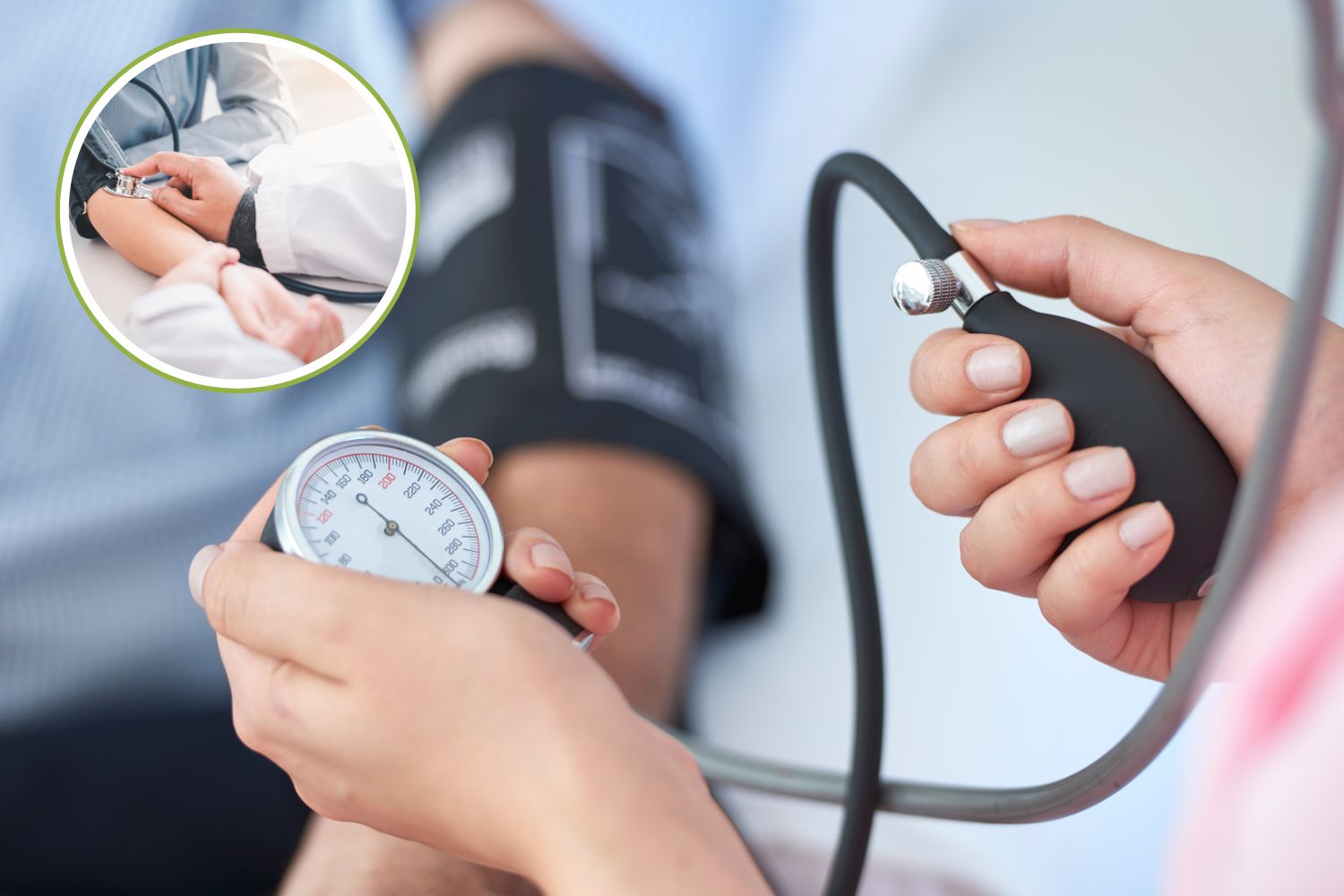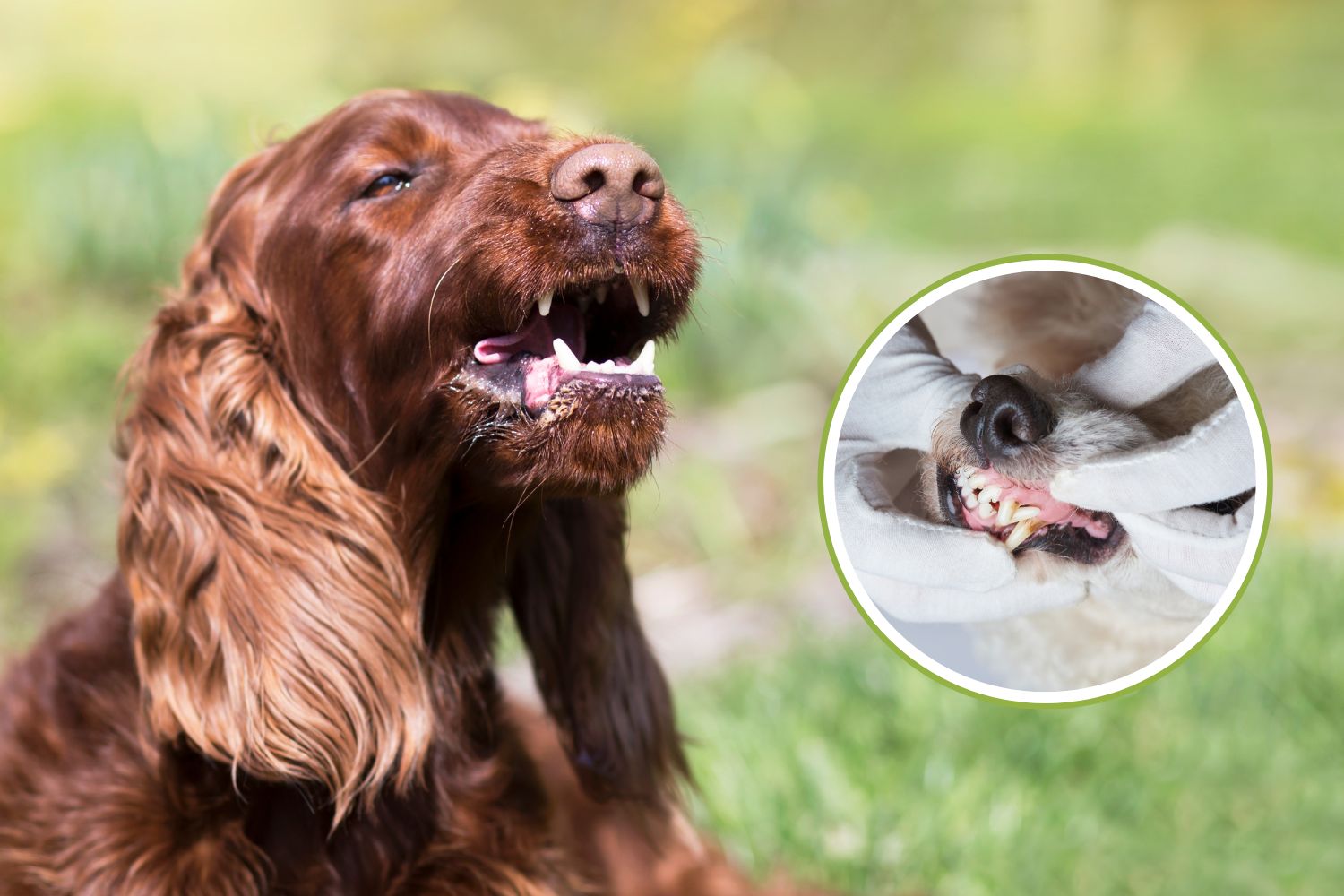Regularly monitoring your blood pressure is essential, but are you doing it right? New research suggests that lying down to take your readings may be more helpful.

Hypertension is one of the leading preventable and treatable causes of premature death worldwide. Measuring blood pressure at home on a daily basis is one of the most successful ways of controlling it. However, according to a new study, most people are not doing it correctly.
In fact, there has been a surprising disagreement on the best way to measure blood pressure. The controversy began several years ago when some studies suggested that people in the recumbent position could have a greater blood pressure than in the upright position.
The study
Harvard researchers tracked participants in the Atherosclerosis Risk in Communities (ARIC) study for over 27 years, evaluating the correlation between blood pressure recorded in both the sitting and lying down positions, and cardiovascular disease. The study initially included over 13,000 adults, but the researchers excluded those who already had coronary artery disease, heart failure, or stroke at the beginning, which left 11,369.
The study revealed surprising results. Among participants, 16.4% of those without sitting hypertension had supine hypertension (blood pressure while lying down). Conversely, 73.5% of those who had sitting hypertension also had supine hypertension. In people who had only supine hypertension, the risk of cardiovascular events was similar to that in people who had hypertension in both positions.
For the study, high blood pressure was defined as systolic (the upper number) readings of 130 mm Hg or higher, or diastolic (the lower number) readings of 80 mm Hg or higher.
From these findings, the researchers pointed out that, compared with sitting-only hypertension, supine hypertension has greater risks for:
- Coronary artery disease (60% greater risk)
- Heart failure (83% greater risk)
- Stroke (86% greater risk)
- Fatal coronary artery disease (more than twice the risk)
- Overall mortality (43% increased risk)
Although the study strongly promotes the supine hypertension consideration, it also raises more questions. Would targeted therapies for supine hypertension have salutary effects on outcomes? How does this condition connect to nocturnal hypertension? Future studies can follow these and other paths as well as improve approaches to blood pressure management under varying conditions.
Source: JAMA

